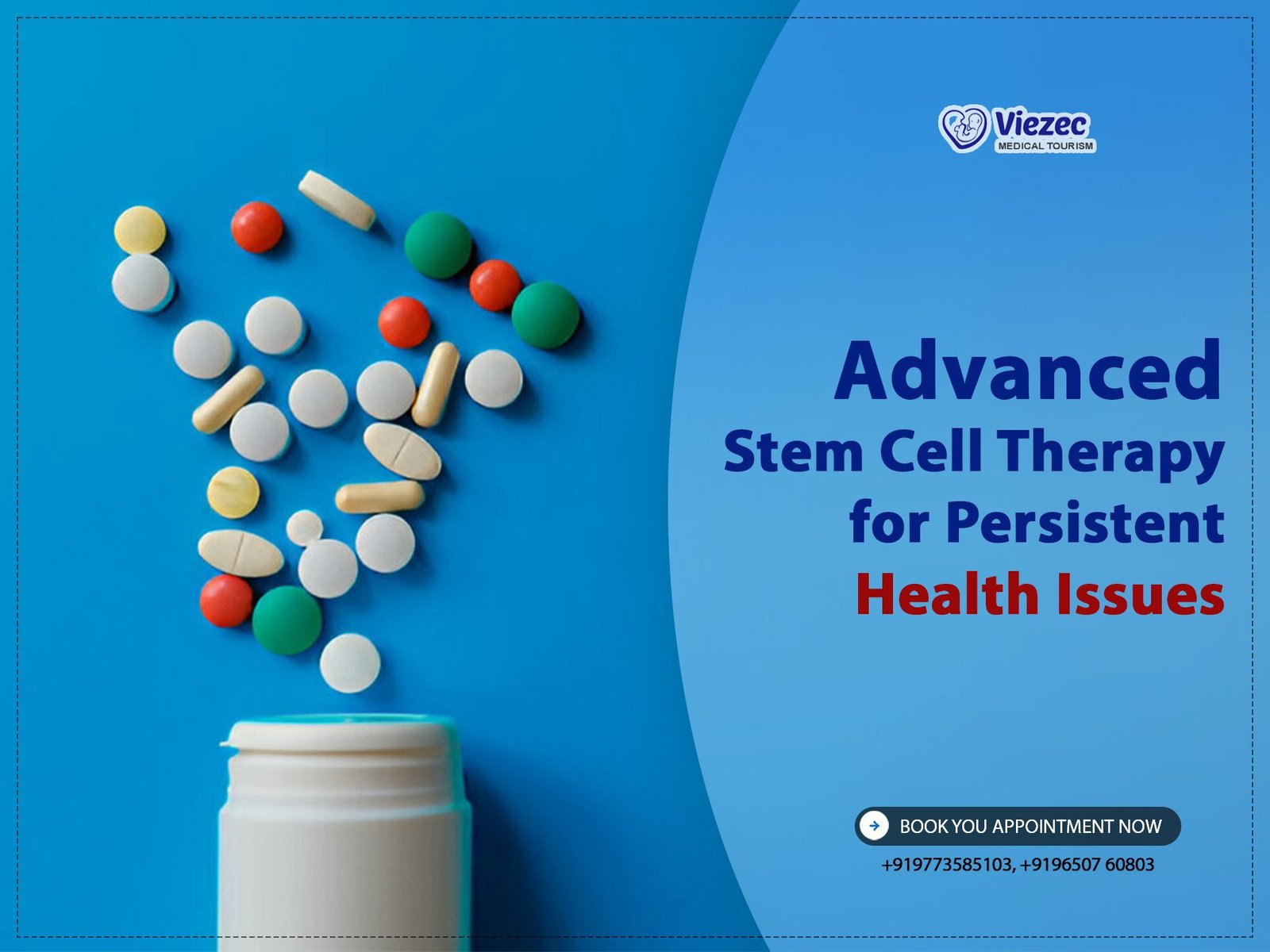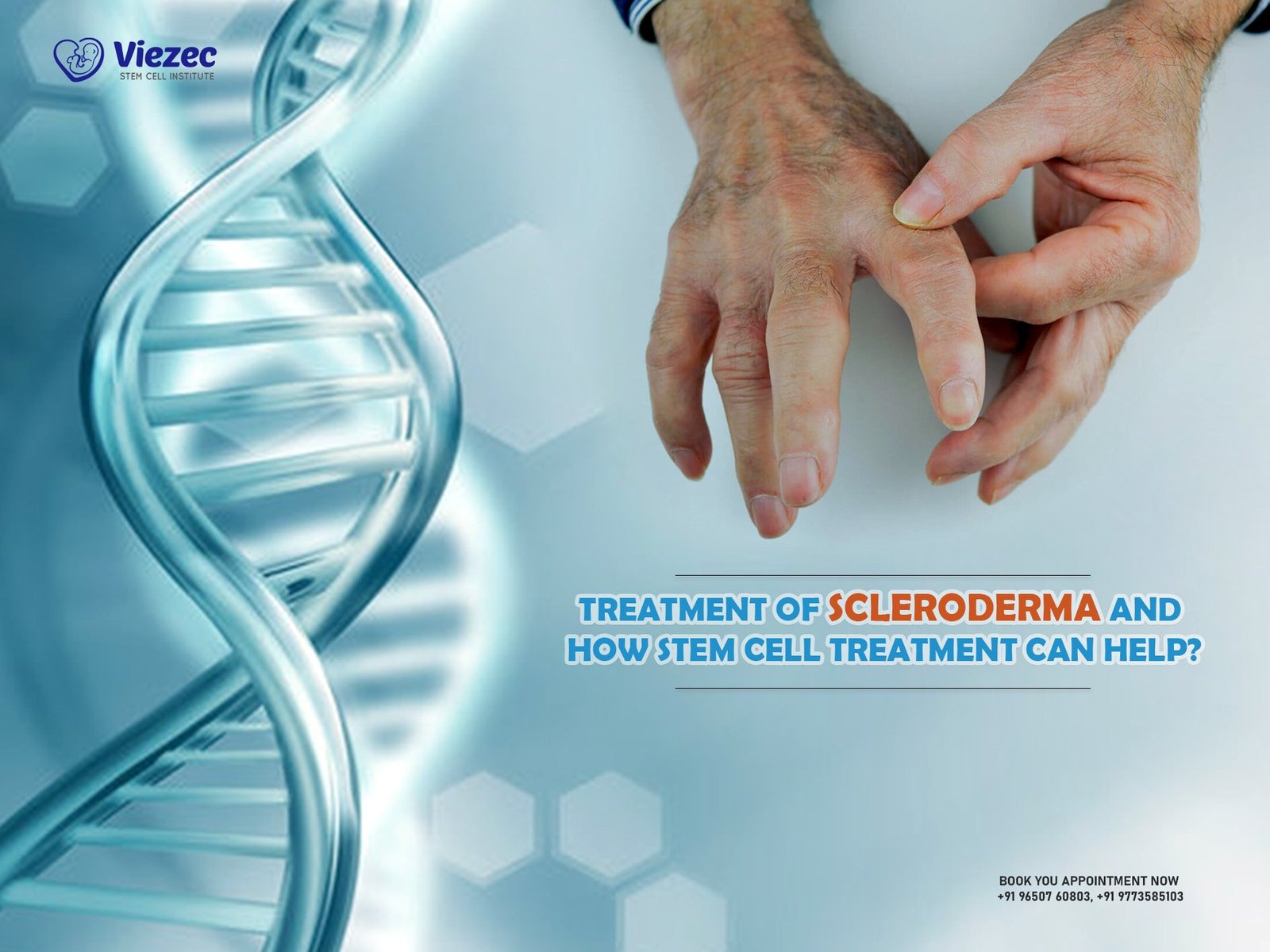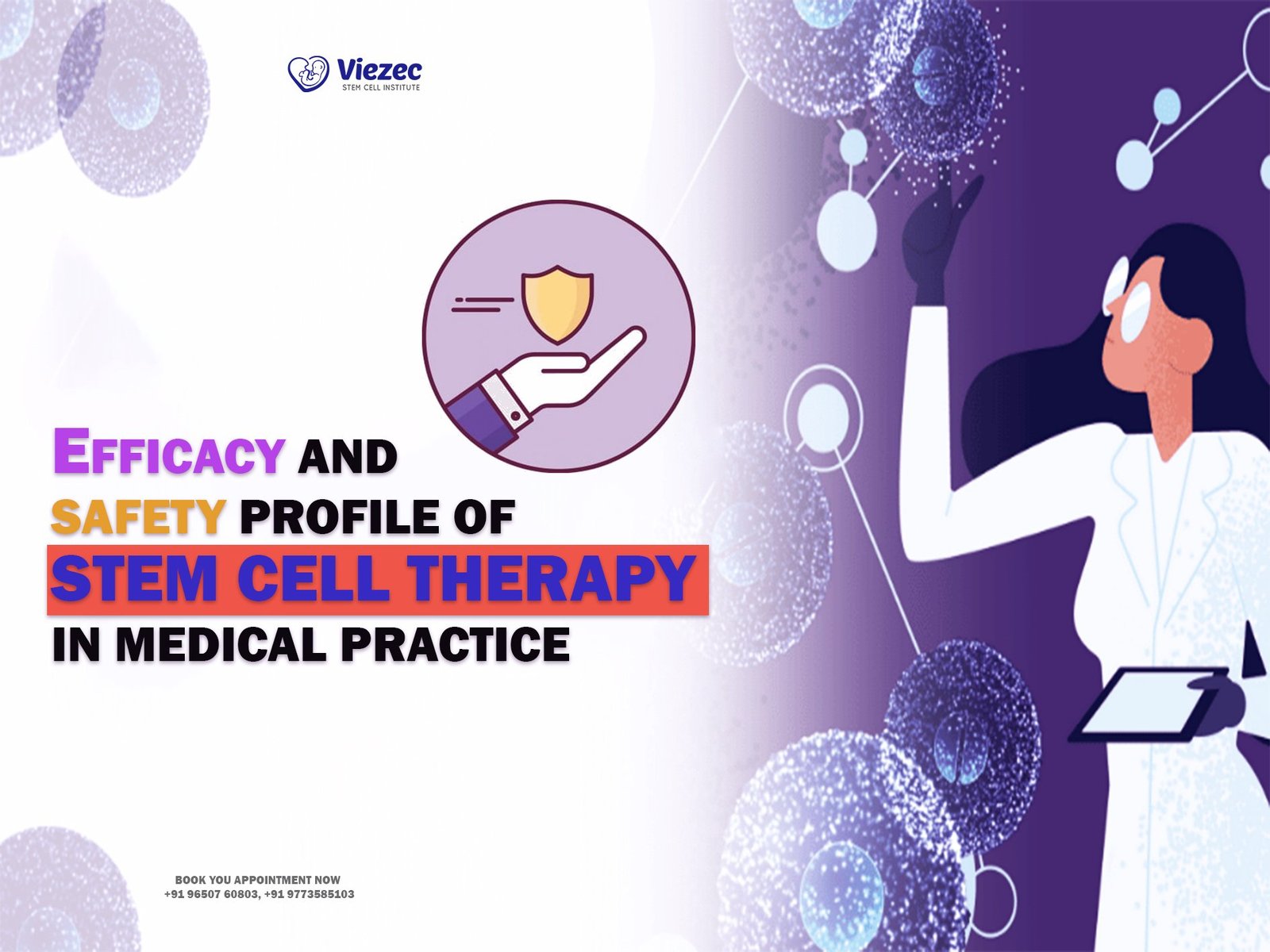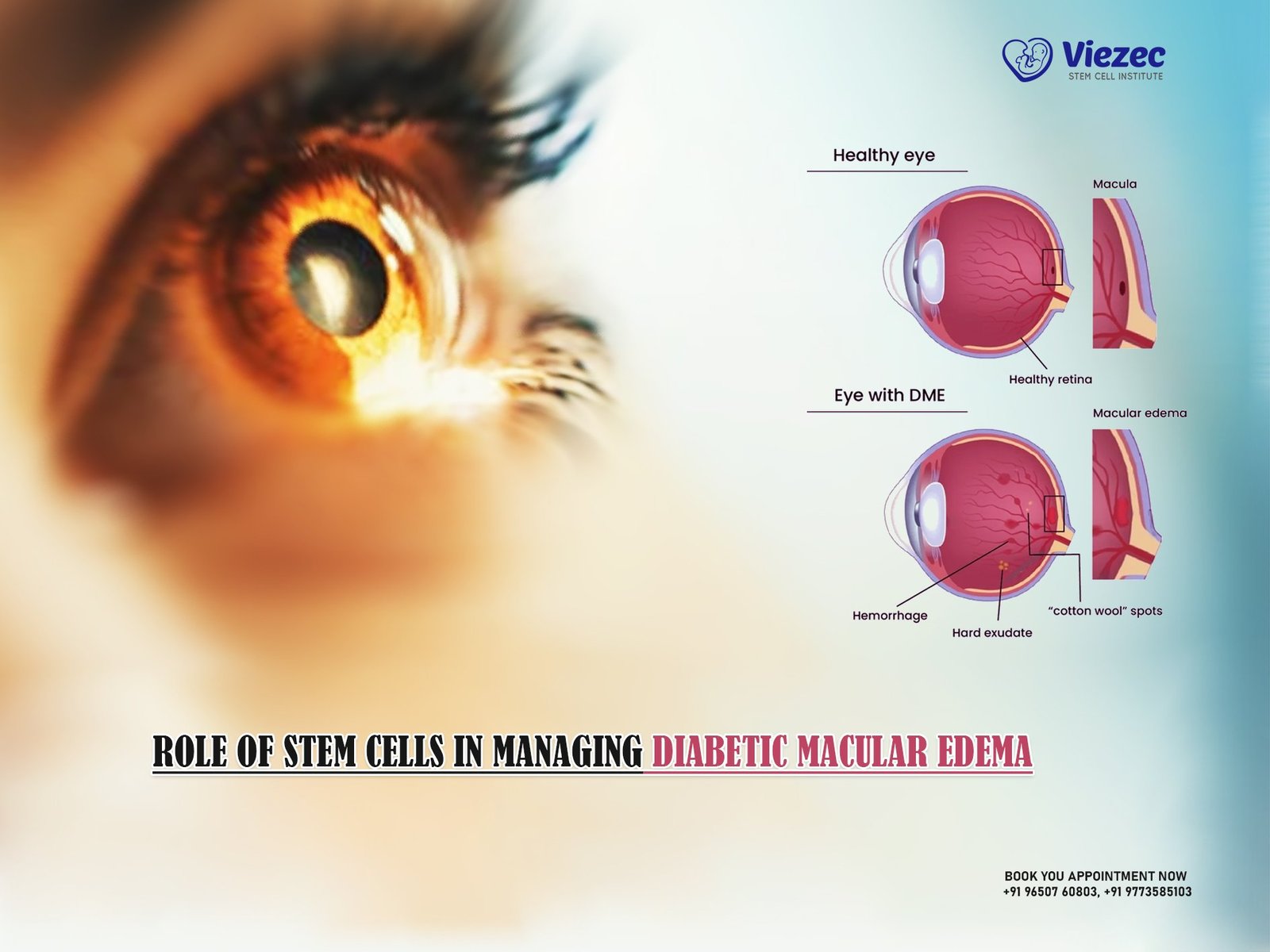Stem cell therapy represents a frontier in medical science, offering revolutionary possibilities for treating persistent health issues that have traditionally defied conventional treatments. Stem cells, with their unique ability to regenerate and repair damaged tissues, hold promise across various medical fields, from neurology to orthopedics and cardiovascular medicine. The evolution of stem cell therapy marks a paradigm shift in how we approach chronic conditions, aiming not just to alleviate symptoms but to facilitate true healing at a cellular level.
Overview of Stem Cells and Their Applications
Stem cells are undifferentiated cells capable of developing into specialized cell types, making them invaluable in regenerative medicine. Their applications range from replacing damaged neurons in neurological disorders to repairing cardiac muscle in heart disease. The versatility of stem cells, derived from sources like bone marrow or embryos, underscores their potential to treat conditions that were previously considered irreversible.
Evolution of Stem Cell Therapy in Modern Medicine
Over the past decades, stem cell therapy has progressed from experimental research to clinical applications. Initial successes in treating leukemia paved the way for exploring broader therapeutic avenues, leading to ongoing trials for conditions like spinal cord injuries and autoimmune diseases. Advances in understanding stem cell biology and refining transplantation techniques have made these therapies safer and more effective.
Current Challenges and Opportunities
Despite its promise, stem cell therapy faces challenges such as immune rejection and ethical controversies surrounding embryonic stem cells. However, ongoing research into induced pluripotent stem cells (iPSCs) and adult stem cells offers solutions to some of these obstacles. Opportunities lie in harnessing the regenerative potential of stem cells more effectively and integrating them into mainstream medical practice.
Types of Persistent Health Issues Addressed
Persistent health issues that benefit from advanced stem cell therapy span diverse medical fields, each presenting unique challenges and opportunities for treatment.
Neurological Disorders
Neurological disorders involve the brain, spinal cord, and nerves, often causing progressive impairment of motor or cognitive functions.
Alzheimer’s Disease
Alzheimer’s disease is characterized by cognitive decline and memory loss due to neuronal degeneration. Stem cell therapy aims to replace lost neurons and enhance cognitive function.
Parkinson’s Disease
Parkinson’s disease affects movement, causing tremors and stiffness. Stem cells offer potential in replacing dopamine-producing neurons lost in the disease progression.
Multiple Sclerosis
Multiple sclerosis involves the immune system attacking the protective myelin sheath around nerve fibers, leading to communication breakdown between the brain and the rest of the body. Stem cell therapy focuses on repairing damaged myelin and modulating the immune response.
Orthopedic Conditions
Orthopedic conditions affect the musculoskeletal system, including bones, joints, ligaments, and tendons.
Osteoarthritis
Osteoarthritis is a degenerative joint disease characterized by cartilage breakdown and joint pain. Stem cells are utilized to regenerate cartilage and reduce inflammation.
Joint Injuries
Injuries to joints, such as sports-related injuries or trauma, can lead to long-term pain and reduced mobility. Stem cell treatments aim to accelerate tissue repair and restore joint function.
Spinal Cord Injuries
Damage to the spinal cord can cause permanent changes in strength, sensation, and other body functions. Stem cell therapy seeks to repair spinal cord tissue and restore lost functions.
Cardiovascular Diseases
Cardiovascular diseases affect the heart and blood vessels, often leading to serious complications like heart attacks and strokes.
Ischemic Heart Disease
Ischemic heart disease results from reduced blood flow to the heart muscle, leading to heart attacks. Stem cells are investigated for their potential to regenerate heart tissue and improve cardiac function.
Peripheral Artery Disease
Peripheral artery disease involves narrowing of arteries, reducing blood flow to limbs. Stem cell therapies aim to stimulate new blood vessel growth and improve circulation.
Heart Failure
Heart failure occurs when the heart cannot pump enough blood to meet the body’s needs. Stem cell treatments focus on repairing damaged heart muscle and enhancing cardiac function.
Mechanisms and Applications of Stem Cell Therapy
Stem cell therapy operates through various mechanisms, each tailored to the specific condition being treated, utilizing different types of stem cells and delivery methods.
Differentiation and Regeneration Processes
Stem cells differentiate into specialized cell types and promote tissue regeneration, essential for repairing damaged organs.
Induced Pluripotent Stem Cells (iPSCs)
iPSCs are generated from adult cells and reprogrammed into an embryonic-like state, capable of developing into any cell type in the body. They hold immense potential for personalized medicine and disease modeling.
Adult Stem Cells
Adult stem cells exist throughout the body and contribute to tissue maintenance and repair. They are extracted from sources like bone marrow, adipose tissue, or umbilical cord blood for therapeutic purposes.
Targeted Delivery Methods
Effective delivery of stem cells to the affected area is crucial for therapeutic success, influencing treatment outcomes and safety.
Intravenous Administration
Intravenous infusion delivers stem cells directly into the bloodstream, allowing them to migrate to damaged tissues throughout the body.
Localized Injections
Localized injections directly implant stem cells into specific tissues or organs, optimizing their concentration at the site of injury or disease for targeted repair.
Immunomodulatory Effects of Stem Cells
Stem cells exert immunomodulatory effects, influencing the immune system’s response to disease and promoting a favorable environment for healing.
Interaction with the Immune System
Stem cells interact with immune cells, modulating inflammation and immune responses to prevent rejection and enhance therapeutic outcomes.
Reducing Inflammation and Autoimmune Responses
In conditions involving excessive inflammation or autoimmune reactions, stem cells help restore immune balance and mitigate tissue damage.
Clinical Trials and Evidence-Based Research
The efficacy and safety of stem cell therapies are supported by ongoing clinical trials and evidence-based research, providing insights into their potential applications and limitations.
Promising Findings and Case Studies
Clinical trials demonstrate promising results in improving symptoms and quality of life for patients with various chronic conditions, highlighting the therapeutic benefits of stem cell interventions.
Ethical Considerations and Regulatory Frameworks
Ethical concerns regarding the use of embryonic stem cells and patient safety regulations shape the ethical landscape of stem cell research and clinical practice.
Future Directions and Potential Breakthroughs
Future research aims to enhance the scalability, cost-effectiveness, and accessibility of stem cell therapies while exploring new avenues for treatment across diverse medical disciplines.
Patient Perspectives and Outcomes
Patient experiences with advanced stem cell therapy provide valuable insights into its impact on quality of life, long-term outcomes, and considerations for broader adoption.
Impact on Quality of Life
Stem cell therapy can significantly improve quality of life by reducing symptoms, restoring function, and potentially offering a cure for chronic conditions that previously had limited treatment options.
Long-term Monitoring and Follow-up
Long-term monitoring of patients receiving stem cell treatments is essential to assess durability of outcomes, monitor for adverse effects, and optimize treatment protocols.
Cost-effectiveness and Accessibility
The cost-effectiveness and accessibility of stem cell therapies remain important considerations, influencing their adoption in healthcare systems worldwide and patient access to innovative treatments.
Future of Advanced Stem Cell Therapy
The integration of advanced stem cell therapy into mainstream medicine holds promise for transforming the treatment landscape across various persistent health issues.
Integration into Mainstream Medicine
Advancements in stem cell research and clinical applications pave the way for integrating these therapies into standard medical practice, offering new hope for patients with challenging conditions.
Challenges to Overcome
Challenges such as regulatory hurdles, technical complexities, and ethical concerns require collaborative efforts to overcome, ensuring safe and effective use of stem cell therapies.
Innovations Driving the Field Forward
Innovative approaches in stem cell biology, tissue engineering, and regenerative medicine continue to drive the field forward, fostering new breakthroughs and expanding therapeutic possibilities.
FAQs
How safe is stem cell therapy?
Stem cell therapies undergo rigorous testing and regulatory scrutiny to ensure safety. Adverse effects are monitored closely, and protocols are continually refined to minimize risks.
What conditions can be treated with stem cell therapy?
Stem cell therapy shows promise in treating a wide range of conditions including neurodegenerative diseases, orthopedic injuries, cardiovascular disorders, and more.
Are stem cell treatments covered by insurance?
Coverage for stem cell therapy varies by country and insurance provider. Some treatments may be covered for specific conditions or as part of clinical trials.
What are the long-term effects of stem cell therapy?
Long-term effects depend on the condition treated and individual response. Monitoring and follow-up are crucial to assess outcomes and address any potential long-term considerations.









